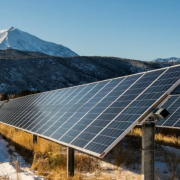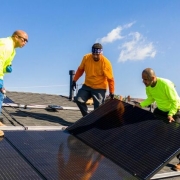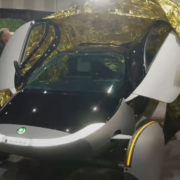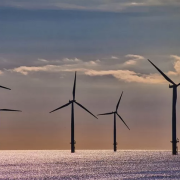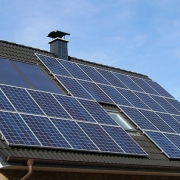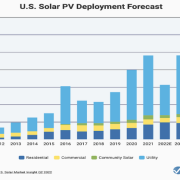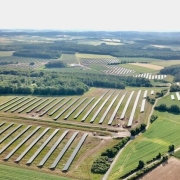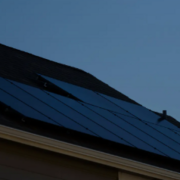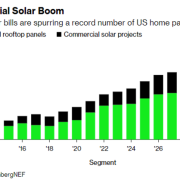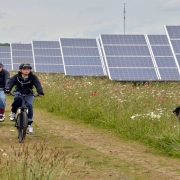California leads the nation in rooftop solar installations by a long shot. But it has never managed to craft a viable community solar market for people who can’t put panels on their own roofs. That’s been a glaring oversight in a state where median home prices in major cities have soared above $1 million, pushing home ownership out of reach for millions of residents.
But a late-summer legislative breakthrough could unleash community solar statewide in the next couple of years. AB 2316 passed the legislature by a broad majority last week with widespread support from interest groups — not just solar developers, but also environmental justice organizations, consumer advocates, the homebuilding industry and utility workers. By learning from successes and shortcomings in other states’ community solar programs, California designed its version to benefit customers, developers, workers and the overall power system at the same time.
Click here to read the full article
Source: Canary Media
—
If you have any questions or thoughts about the topic, feel free to contact us here or leave a comment below.

